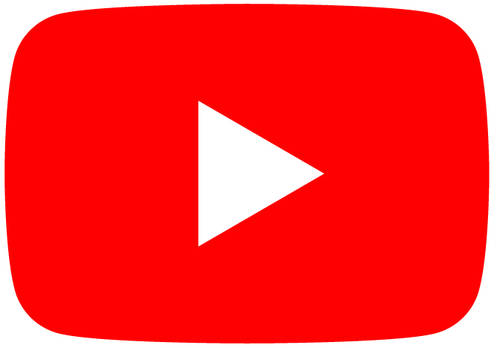Torah Commentary - Beha'alotecha
*Commentary courtesy of Menahem Me-Zahav

Our Sidrah is named after one word at its beginning: “Beha’alotecha - When you raise the flames of the Menorah” (8:2). The Menorah is the first topic in our Sidrah. Aaron is ordered “to arrange the seven wicks of the Menorah in such a way that they will produce one combined blaze of light directed towards the center of the Menorah.” The Menorah would always be lit, every morning the wicks would be replaced with new ones, and the seven cups would be filled with fresh olive oil.
The Menorah – A Jewish Symbol
Since it was first built for the Sanctuary over 3,000 years ago, the seven-branched Menorah has served as the symbol of the Jewish people. Its light represents the Light of God that we are to spread among the nations. “I (God) called on you (Israel)…to be the light to the nations” (Isaiah 42:6). Conversely, darkness signifies ignorance and prejudice. It is our belief that the Menorah’s light is eternal and always triumphs. Upon its creation (1948), the seven-branched Menorah was chosen as the official emblem of the state of Israel.
Eternal Light – Ner Tamid
Reminiscent of the light of the Menorah in the Holy Temple, the Eternal Light is present today in almost every Synagogue. Hanging high in front of the Ark (Aron Kodesh), it calls to mind God’s enduring presence and divine care of his people. Appropriately so, the Eternal Light is always lit.
There are some additional subjects in our Sidrah: (a) The Kohanim are higher in hierarchy than their Levite brethren. The Levites have been consecrated to perform God’s work in the Sanctuary; however, the responsibility rests with the Kohanim. “And I (God) took the Levites…And they have been given to Aaron and his sons…to do the service of the Israelites in the sanctuary (8:18-19). (b) “Pesach Sheini (Second Pesach)”. There is a second chance of celebrating Pesach given to those who could not observe the holiday at its prescribed time due to illness, etc. (c) Almost a year has passed since the transgression of the Golden Calf, and the Israelites complain that the manna’s taste is too monotonous. “We remember the fish that we ate for free in Egypt…And now there is only the (dull) manna to look at” (11:5-6). The result is that they will now be eating quail as well as manna on a daily basis.
The Sidrah ends with turmoil from an unexpected source: Moses’ authority is challenged through slander by his own siblings, Aaron and Miriam. During this time, the Torah tells us that Moses is “the humble man upon the earth.” God disciplines Miriam, the instigator, striking her with leprosy; Moses prays to God, who forgives Miriam and she recovers. In this we learn that slandering of a fellow human may corrupt the holiness of the community.
Haftarah: Zechariah 2:14 – 14:7, Page 837
Zechariah was born in Babylonia (circa 560 BCE) to a Kohanim family that was exiled 30 years earlier at the destruction of the Temple. After defeating the Babylonians (538 BCE), King Cyrus of Persia issued a proclamation that encouraged the Jewish people to return to Zion in Judea and rebuild their Temple. Soon after, a group of Jewish people arrived in Israel stunned to find rampant destruction and desolation. Sabotage was inflicted by local adversaries who settled there during the past 60 years of exile. The initial trial of rebuilding the Temple failed. When King Darius ascended to the Persian throne, a second mission, headed by Zerubbabel, the new Governor, and Joshua the Kohen Gadol, made its way to Israel (522 BCE). Zechariah’s family was among those that returned. The rebuilding of the Temple was still not making any progress, causing widespread despair and anguish among the people.
In today’s Haftarah, Zechariah responds to an urgent national plea for divine intervention. He offers hope and encouragement to be strong and keep faith in God, who ordained their return to their land and who will also make good on their redemption. The Temple and the priesthood will soon be a reality. “Sing and rejoice O daughter of Zion, for I (God) will come and dwell among you…And the Lord will take Judah back…And He will choose Jerusalem once again” (2:14-16).
As a reaffirmation of God’s commitment towards Israel and the Temple, Zechariah is shown the symbol with which every Jew’s love reveres and identifies – the seven branched Menorah (the linkage to our Sidrah) that will soon light the Holy Temple in Jerusalem.




